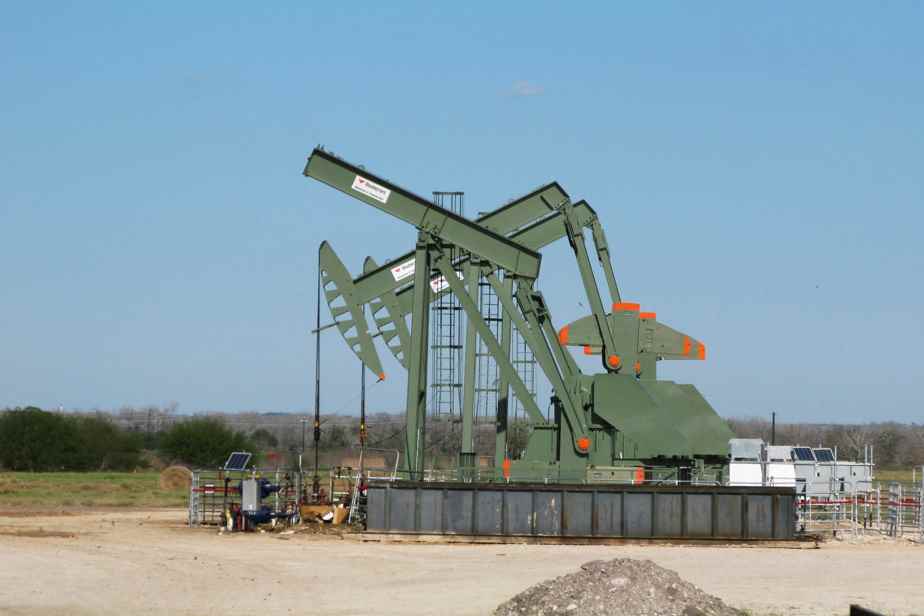(New York) Oil prices resumed their ascent on Thursday, closing at their highest level in more than a month and a half, still stimulated by the prospect of a recovery in Chinese demand, to the point of ignoring the accumulation of US crude inventories.
The price of a barrel of Brent crude from the North Sea for March delivery rose 1.38% to $86.16, its highest closing level since early December.
As for the barrel of West Texas Intermediate (WTI), with maturity in February, it gained 1.06%, to 80.33 dollars.
“Prices are on the rise again, as sustained Chinese demand will likely lead to higher inventories and refinery activity,” said Edward Moya of Oanda in a note.
In an interview with the Xinhua news agency, the secretary general of the Organization of the Petroleum Exporting Countries (OPEC), Haitham Al-Ghais, indicated that the cartel was “very confident in the Chinese economy”. “China will recover,” he stressed.
“Our initial forecasts for this year show that there is hope” for the level of demand, “especially with the reopening of China”, added the official, on the sidelines of the Davos Economic Forum.
On Wednesday, the International Energy Agency (IEA) had revised its estimate of average demand for 2023 upwards to 101.7 million barrels per day, against 101.6 previously, a record level.
Half of the expected increase over last year is attributed to China by the IEA.
“The IEA expects demand to be moderate over the first three months” of the year, tempered Robert Yawger, of Mizhuo. “There could be a strengthening, but it will not be before April, at best. »
Despite these reservations, participants again pushed WTI and Brent past $80 and $85 respectively, overriding another surprise jump in US oil trading inventories.
These reserves rose by 8.4 million barrels last week, after having already increased by 19 million barrels over the previous period. They have not been so full since June 2021.
For Andy Lipow, of Lipow Oil Associates, this is the consequence of the disturbances suffered by the oil industry after the passage of winter storm Elliott, which swept a large part of the American territory at the end of December.
“Refiners are still having cold snap issues,” the analyst explained.
For several weeks, market players have been cautiously welcoming the distorted figures from the weekly report from the US Energy Information Agency (EIA).
“I do not understand how they could end up with an increase of 8 million barrels” with a rate of utilization of refineries in progress, a jump in exports and domestic demand, launched Mr. Yawger. “The numbers don’t match. »
